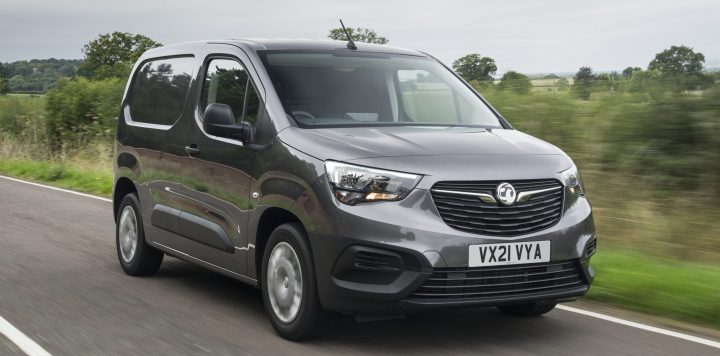Poor availability of new vans is hampering some fleets in their efforts to become compliant with new Clean Air Zones, reports FleetCheck.
With the Bath CAZ already in place and Birmingham and Bristol to follow, as well as the upgraded London Low Emissions Zone (LEZ) now in effect, the fleet software specialist says that some businesses are only now starting to realise that they need to ensure that they have sufficient Euro 6 LCVs available.
|
Peter Golding, managing director, said, “While plans for CAZs have been known about in most areas for some time, many were delayed during the pandemic and, given that the majority of fleets have spent the last year ‘fire fighting’ in terms of dealing with everything from front line deliveries to furloughing, the subject seems to have slipped off the agenda. “Now, as we are beginning to move out of lockdown, the immediacy of the problem has become apparent, especially in the enhanced London LEZ and in Birmingham where the size of the cities simply mean that more fleets are affected. With other locations set to follow, the situation could become even more acute.” Peter said that the issue appeared to be more acute among smaller and more localised fleets that lacked the flexibility and resources of their larger counterparts. |
The Vauxhall Combo is the best-selling small commercial vehicle, according to the latest sales and registrations figures published by the Society of Motor Manufacturers and Traders. Despite the ongoing requirement to keep showrooms closed due to the COVID-19 pandemic, Vauxhall has experienced a successful 2021 first quarter in the light commercial vehicle sector (LCV). Across the sector, the new Vauxhall Combo was also the best-selling model in March and the year-to-date, with 3,760 sales, while the Combo Life was number one in the minibus and crew van sector for the same period. In the light commercial vehicle sector Vauxhall increased its market share from 9.5% to 9.8% year-on-year with sales up by 45%, which compares to a 41% increase for the sector as a whole. Overall the brand maintained its strong third place in the commercial vehicle segment. Success was further bolstered by the new Vivaro and new all-electric Vivaro-e, which maintained their third position in the LCV sector and all-electric LCV sectors respectively. |
“These types of businesses firstly tend to keep their vans for longer and secondly, do not have the scale to swap their vehicles around to ensure that newer, Euro 6 compliant units are working within the affected areas.
“Some need to buy new vehicles as a result but are finding that delays in new van deliveries are hampering their efforts. Either the vehicles they want are on long lead times – and six months is not unusual at the moment – or they are having to buy what they can get and there is not a wide choice in terms of what can be ordered for short-term delivery.”
Peter added that all of the stop-gap options available to fleets while they waited for the vans they wanted were relatively expensive.
“There is no easy answer to this issue but we are working with affected customers to identify the best route in each instance. However, in many cases it comes to down to hiring Euro 6 vehicles on daily rental or simply paying the CAZ charge – and costs soon mount up quickly if you choose either option.”
The new light commercial vehicle market grew by 85.5% in March with 56,122 vans joining UK roads with the ’21 new number plate, according to the Society of Motor Manufacturers and Traders.
Usually one of the busiest months of the year, March saw the largest ever increase since the switch to the two plate system in 1999, but one which still represented an -10.9% decrease when compared to the pre-pandemic 2015-2019 average, as prolonged nationwide lockdown continued to suppress business confidence in the first quarter of the year.
Despite all segments experiencing higher demand, total registrations fell a little short of industry expectations as the latest forecast predicted 360,000 LCVs registered by end of the year. Overall, growth was led by an increase in larger van registrations, as vans weighing more than 2.5-3.5 tonnes made up the majority of the month’s figures, doubling (101.0%) to 36,032 vehicles.
97,356 light commercial vehicles were registered in the first quarter of 2021, up 43.4% on 2020, but down -1.0% when compared to a five-year average taken before the pandemic hit.


